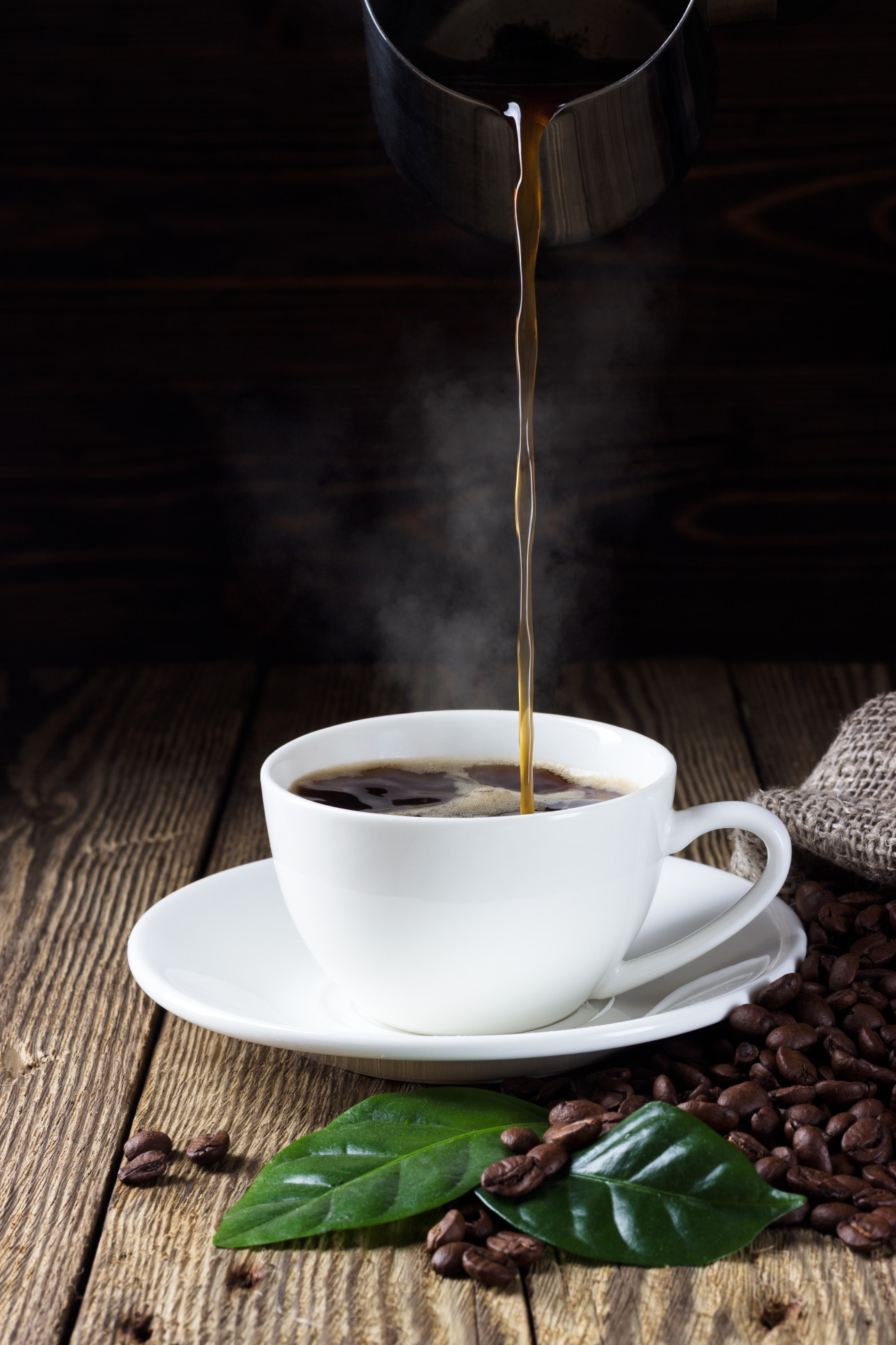
(Oh yeah, and how much water and coffee you use!) Natural variations within the coffee beans themselves are more difficult to control for, although we do know for example that Robusta coffee plants naturally produce more caffeine than Arabica. Some you can control yourself-grind type, brew style, water temperature and roast all contribute to the caffeine level in your cup of coffee. Don’t stress out about getting every last bit of caffeine you can- the amount of caffeine in each cup of coffee is so small, you probably won’t even notice the difference.How much caffeine is in Raven’s Brew® coffees? Do you add any caffeine to any of the coffees?Ĭaffeine content is always a tricky question to answer definitively, since so many factors can affect the end result in your cup. So, what should your conclusion be? Ultimately, your desired flavor will depend on many factors, including volume, weight, bean, and variety of coffee. Now, this variation between the two may seem small, but think of how different the number of beans might be in an entire pound or two of coffee. Most likely, there will be a couple more light-roasted beans than dark-roasted. Put each shade in a pile, and count them. If you’re still confused, take an even smaller amount of beans- 10 or 15 grams. The dark beans lose more water during roasting than their light-roasted counterparts, yet contain a similar amount of caffeine. After you weigh each pile, look at the size of each group you should find that the mass of dark-roasted beans is larger than the pile of light-roasted ones. Take a certain weight of coffee beans, for instance, 25 grams. Because of this outcome, many devoted coffee aficionados only measure their coffee by weight. However, when measured by weight, dark-roasted coffees actually result in a better-flavored and more caffeine coffee than their counterparts. Darker-roasted coffees, measured by volume, contain fewer coffee beans than a similarly-sized amount than their lighter-roasted counterparts–this leads to weaker flavor and less caffeine per cup than a comparable volume of the lighter beans. The difference becomes more clear when one compares the two. The more time a bean is roasted, the darker, lighter, and larger it becomes. Comparing the Two by Volume and WeightĪlthough the bean’s caffeine content changes little while roasting, a bean’s caffeine per volume and per weight shift substantially. What actually affects the amount of caffeine in your coffee is the amount of coffee used during the brewing process. When roasting beans, temperatures almost never exceed 470 degrees Fahrenheit yet, it takes heat over 600 degrees to actually affect the caffeine content in each bean. The truth is that caffeine is exceedingly stable and unchanging when it is being roasted, and this is clearly proven by looking at the temperature coffee is roasted at. Others believe that light roasts actually contain more, as their view is that much of a bean’s caffeine is lost or burnt away during the roasting of the bean.


They have that idea because darker-roasted beans tend to have a stronger flavor.

Many people proudly declare that they drink only dark roasts due to their higher levels of caffeine. Which shade of coffee contains more caffeine? Here’s the short answer: it depends on a wide variety of factors but is definitely not due to the color.


 0 kommentar(er)
0 kommentar(er)
